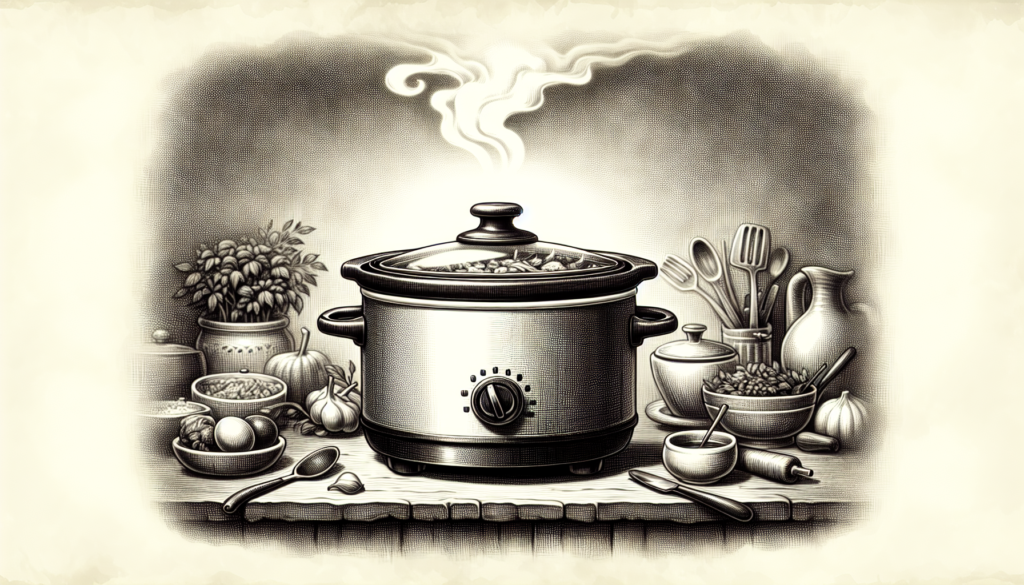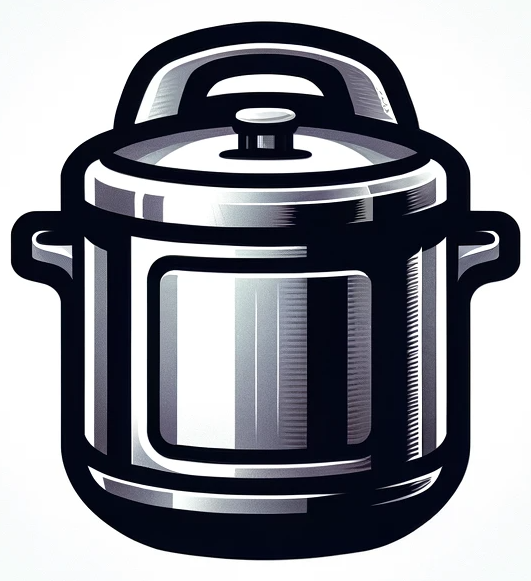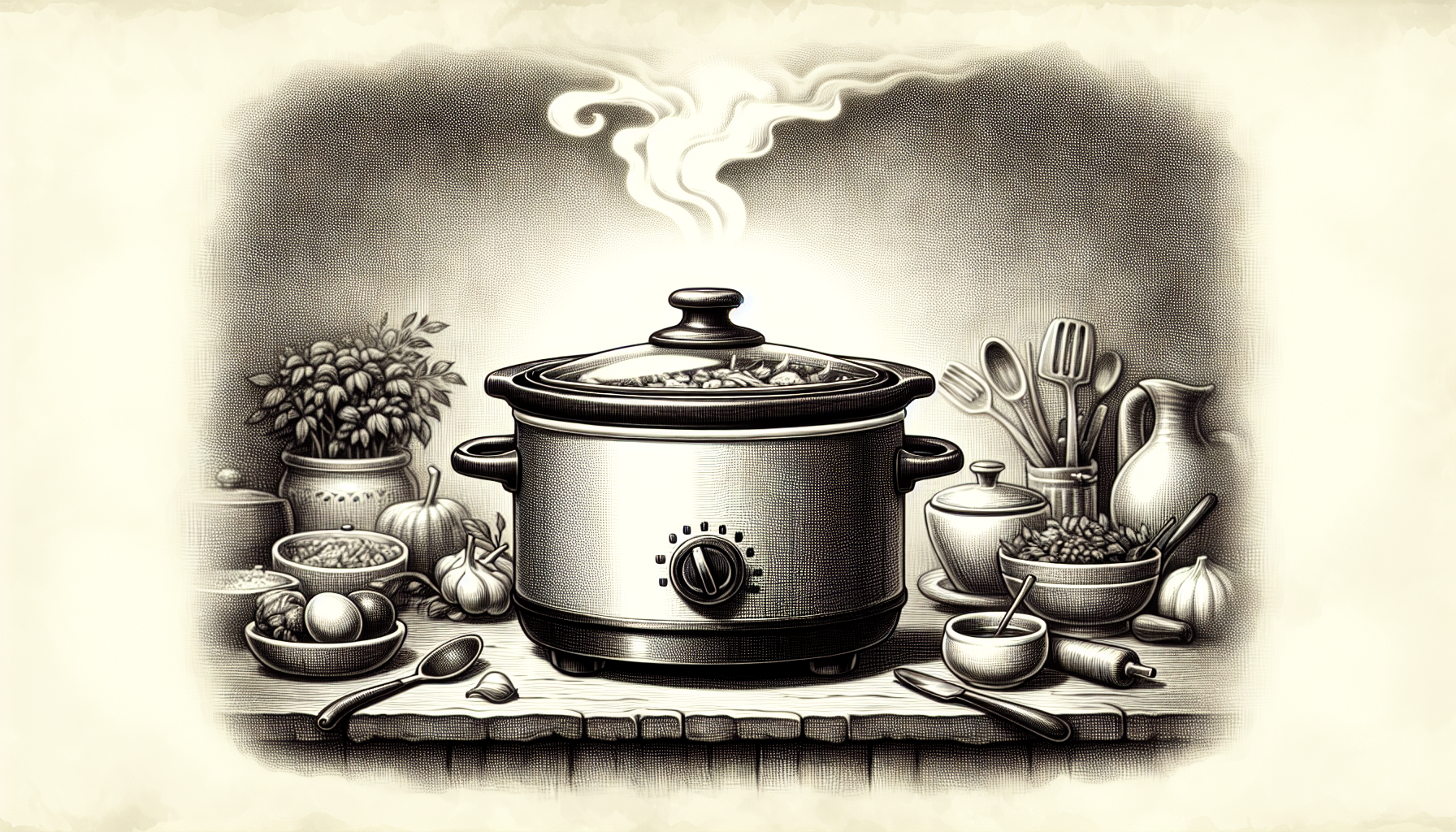Imagine having the luxury of a slow cooker to effortlessly prepare meals, ensuring a hot and satisfying dinner awaits you at the end of a long day. However, have you ever wondered what dishes are off-limits when it comes to this magical kitchen appliance? While slow cookers are renowned for their versatility, there are certain ingredients that simply do not fare well in their gentle embrace. In this article, we will explore some surprising and unexpected items that cannot be cooked in a slow cooker, ensuring a seamless culinary experience for you and your loved ones.

CHECK OUT PRESSURE COOKERS ON AMAZON
Types of Ingredients that Cannot Be Cooked in a Slow Cooker
Dairy Products
Slow cookers are not suitable for cooking dairy products such as milk, cream, or cheese. The low and slow cooking method of a slow cooker may cause dairy ingredients to curdle or separate, resulting in an undesirable texture and taste. It is best to incorporate dairy products in recipes at the end or use them as a topping after the meal is cooked in the slow cooker.
Raw Vegetables
Raw vegetables, particularly delicate ones, do not fare well in a slow cooker. The prolonged cooking time and moist environment of a slow cooker can leave vegetables mushy and overcooked. If you prefer your vegetables to retain their crispness, it is better to sauté, steam, or roast them separately and then add them to the slow cooker towards the end of the cooking process.
Delicate Seafood
Seafood that is delicate in texture, such as shrimp or scallops, is not suitable for slow cooking. The extended cooking time in a slow cooker can lead to rubbery and overcooked seafood. It is advisable to cook delicate seafood quickly using other methods such as grilling, broiling, or searing, which preserve their delicate texture and taste.
Pasta
While slow cookers are excellent for simmering sauces, soups, and stews, pasta should not be cooked in a slow cooker. Pasta cooks relatively quickly and requires the right amount of boiling water to achieve an al dente texture. In a slow cooker, pasta will become mushy and may not evenly absorb the flavors of the dish. It is better to cook pasta separately and add it to the slow cooker in the final stages of cooking, allowing it to warm through and combine with the other ingredients.
Rice
Similar to pasta, rice is not suitable for cooking in a slow cooker. Rice requires precise measurements and cooking times to attain the perfect texture. In a slow cooker, the excess moisture can make the rice sticky and overcooked. It is recommended to cook rice separately using the appropriate method and then serve it alongside the slow-cooked dish.
Leafy Greens
Leafy greens, such as spinach, kale, or lettuce, are best enjoyed when they retain their freshness and vibrant color. Slow cooking leafy greens can result in them losing their color, texture, and essential nutrients. It is better to add these greens to the dish towards the end of the cooking process or use them as a garnish, preserving their integrity and nutritional value.
Soft Fruits
Soft fruits like berries, peaches, and melons are not suitable for slow cooking. The extended cooking time can cause these fruits to break down and turn mushy, diminishing their original taste and texture. Enjoy these fruits fresh or incorporate them into cold desserts or salads instead.
Thin Cuts of Meat
Thin cuts of meat, such as pork chops or thinly sliced steaks, are not well-suited for slow cooking. The low and slow cooking method of a slow cooker is better suited for tougher cuts of meat that require longer cooking times to become tender. Thin cuts of meat can easily become dry or overcooked in a slow cooker, resulting in a less enjoyable eating experience. Instead, choose thicker cuts of meat that will benefit from the slow cooking process.
Bread and Pastries
Slow cookers are not designed to bake or broil, so bread and pastries are not suitable for cooking in them. Bread requires a dry heat environment to achieve the desired texture and crust, which a slow cooker cannot provide. Similarly, pastries require precise temperature control for even baking, which a slow cooker cannot replicate. Stick to using ovens or other appropriate baking methods for bread and pastries.
Alcohol
While adding alcohol to a slow-cooked recipe may seem appealing, it is important to note that the long cooking time in a slow cooker does not allow for the alcohol to evaporate fully. This can result in a dish with a high alcohol content, which may not be desirable for everyone. If you wish to include alcohol in your recipe, it is recommended to add it towards the end of the cooking process or use it in a sauce that is simmered separately on the stovetop.
Cooking Methods that Cannot Be Replicated in a Slow Cooker
Grilling and Searing
Grilling and searing are high-heat methods that impart a distinct flavor and texture to meats and vegetables. The direct heat from a grill or stovetop pan creates a caramelized exterior and intense flavors that cannot be replicated in a slow cooker. If you prefer the taste and texture achieved through grilling or searing, it is best to utilize those cooking methods instead.
Baking and Broiling
Slow cookers are not designed for baking or broiling, as they do not provide the necessary dry heat or even temperature distribution required for these methods. Baking and broiling rely on direct heat from above or below to cook food quickly and create a desired texture and crust. To achieve baked goods or broiled dishes, it is best to use traditional ovens or broilers.
Stovetop Frying
Frying food on a stovetop requires high-heat oil to create a crispy and golden exterior. Slow cookers cannot replicate the heat intensity and oil temperature required for stovetop frying. If you crave the texture and flavor of fried food, using a deep fryer or frying pan on the stovetop is the way to go.
Deep Frying
Deep frying involves submerging food in hot oil and requires precise temperature control to achieve crispy and evenly cooked results. Slow cookers cannot provide the necessary temperature control and are not designed for deep frying. To indulge in deep-fried delicacies, it is important to use a deep fryer or a frying pan with appropriate oil and temperature control.
Pressure Cooking
While slow cookers and pressure cookers may seem similar, they function differently. A slow cooker relies on low heat and extended cooking time, while a pressure cooker uses high-pressure steam to cook food quickly. Slow cookers cannot replicate the rapid cooking times and tenderizing effects achieved through pressure cooking. If you enjoy the efficiency and quick cooking of pressure cookers, it is best to utilize them for recipes that require shorter cooking times.
Steaming
Slow cookers do not have the ability to produce steam quickly, which is essential for steaming food. Steaming requires rapid heat transfer to cook food while retaining moisture. Slow cookers are not designed for this purpose and may result in overcooked and mushy food. To steam food, use a steamer basket or a separate steaming apparatus.
Sauteing
Sauteing involves cooking food quickly over high heat in a shallow pan. Slow cookers do not provide the necessary heat intensity required for sauteing. The low and slow cooking method of a slow cooker is not suitable for achieving the characteristic flavors and textures of sauteed dishes. To enjoy the flavors of sauteed food, use a stovetop pan or skillet.
Blanching
Blanching is a cooking method that involves briefly boiling food and then immediately plunging it into ice water to halt the cooking process. Slow cookers do not have the capability to rapidly heat and cool food, making them unsuitable for blanching. To blanch vegetables or other ingredients, use a stovetop pot of boiling water and a separate ice water bath.
Pan-frying
Pan-frying is a cooking method that requires direct heat and the use of oil to create a crispy and flavorful exterior. Slow cookers cannot provide the necessary high heat and oil temperature required for pan-frying. If you prefer the taste and texture of pan-fried dishes, utilize a frying pan or skillet on the stovetop instead.
Braising
Braising is a cooking method that involves searing food at high heat and then slow cooking it in a flavorful liquid. Slow cookers are not designed to replicate the initial high-heat searing needed for braising. While slow cookers excel at the slow cooking part of braising, it is best to utilize stovetop pans or skillets for the searing component. This will ensure that you achieve the desired caramelization and flavors in the dish.

